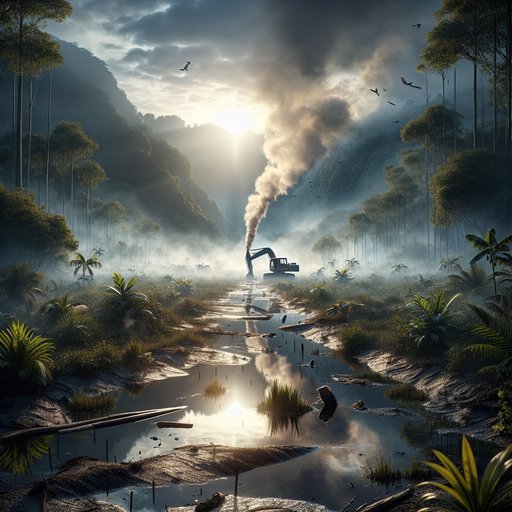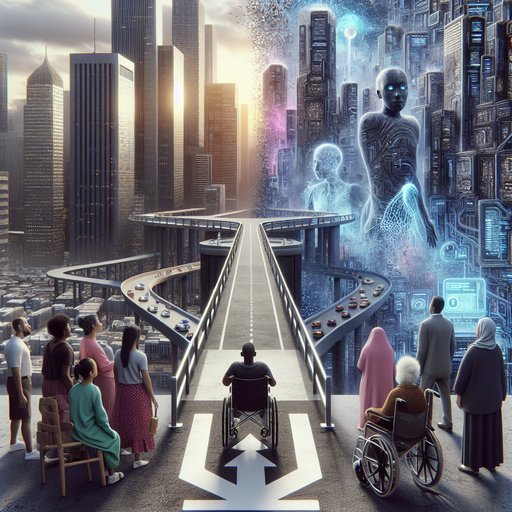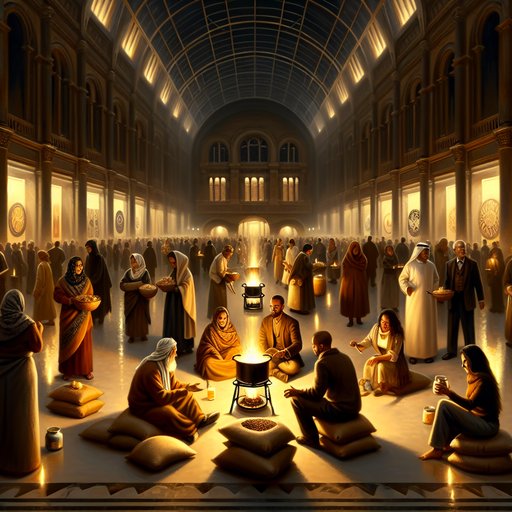
The James Webb Space Telescope has produced a remarkable new image that reveals over 2,500 galaxies in unprecedented detail, many of which are seen as they appeared during the universe's infancy. This latest observation revisits a famous region of space previously photographed by the Hubble Space Telescope, but with Webb's superior infrared capabilities, it provides new insights into the early cosmic era [1].
The groundbreaking image showcases galaxies as they existed during the first billion years after the Big Bang, offering astronomers a unique window into the early universe. Webb's advanced infrared instruments have allowed it to peer through cosmic dust and gas that typically obscure these distant objects, revealing unprecedented details about their structure and composition.
While both space telescopes continue their collaborative efforts to unlock the mysteries of the cosmos, each brings its own strengths to astronomical observation. The Hubble Space Telescope recently captured its own spectacular image of the spiral galaxy NGC 1309, demonstrating the ongoing value of having multiple advanced telescopes studying the universe [2].
The Webb telescope has also been making significant contributions to our understanding of planetary nebulae, those fascinating structures created when dying stars expel their outer layers. These nebulae display various shapes, from spherical to elliptical to bipolar, with some showing even more complex morphologies that challenge our current understanding of stellar evolution.
Meanwhile, NASA continues to advance its space observation capabilities with the development of the Nancy Grace Roman Space Telescope. Technicians have recently completed a crucial milestone by installing two protective sunshields on the telescope, which will help ensure its optimal performance once deployed [3].
























